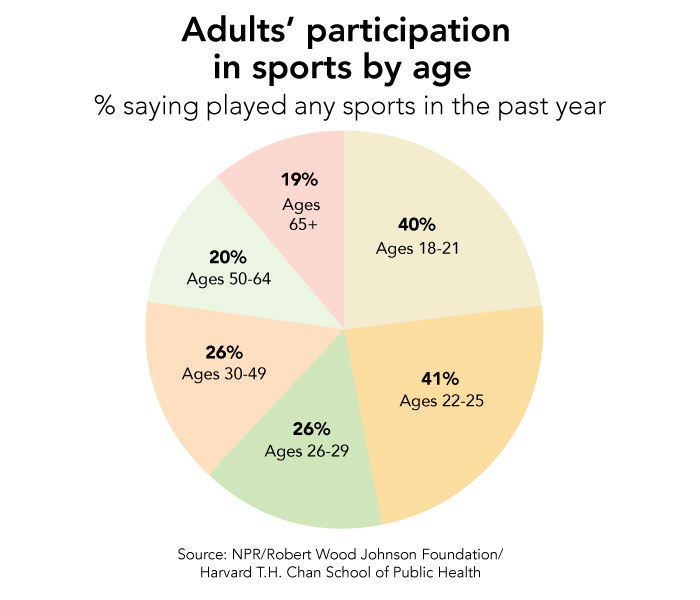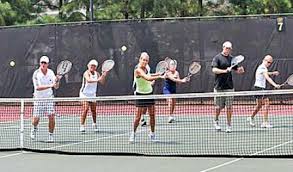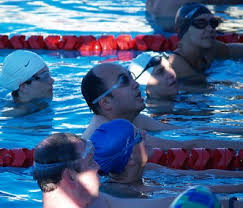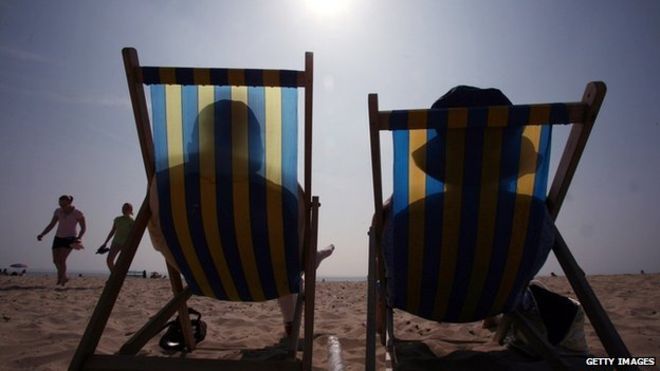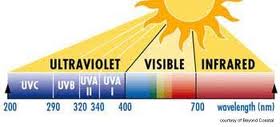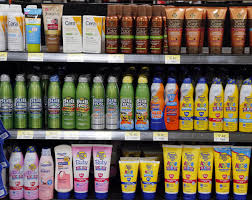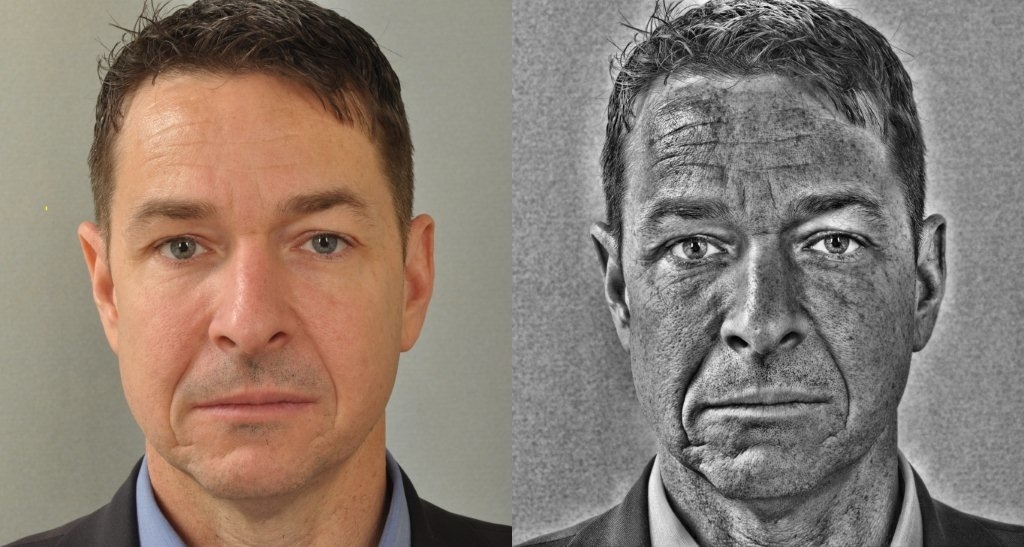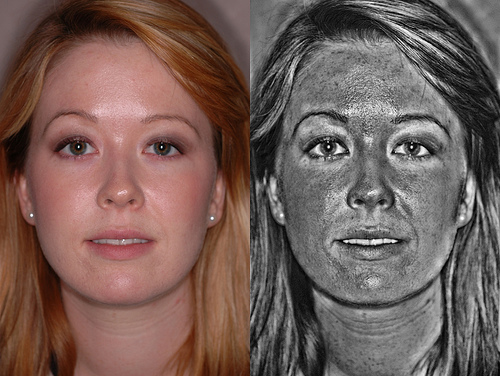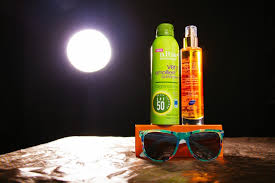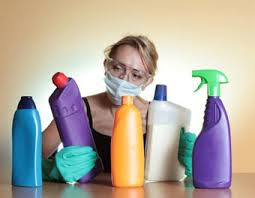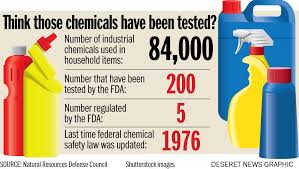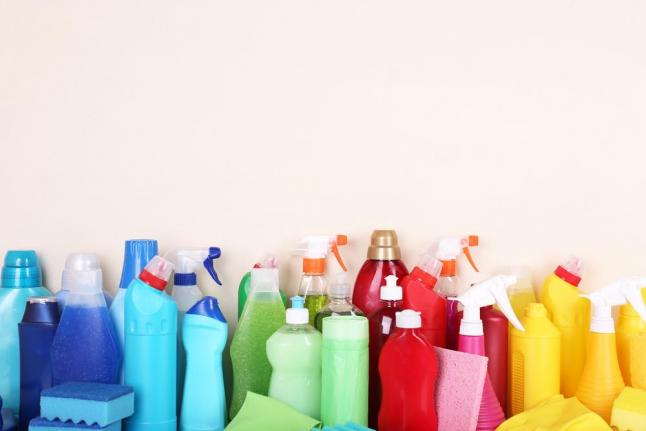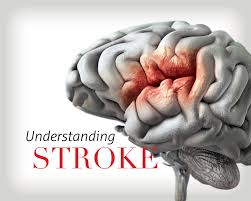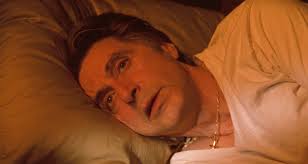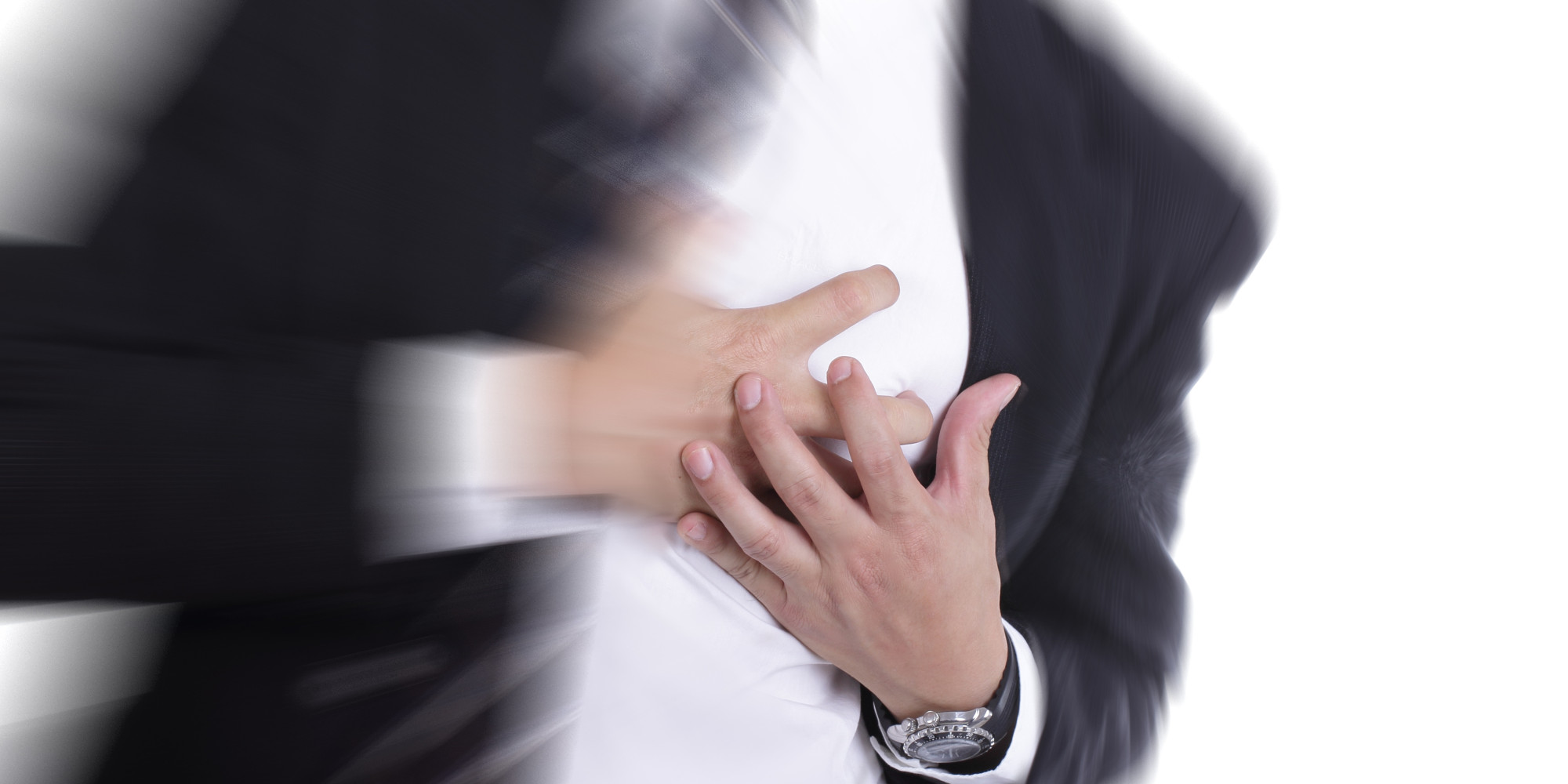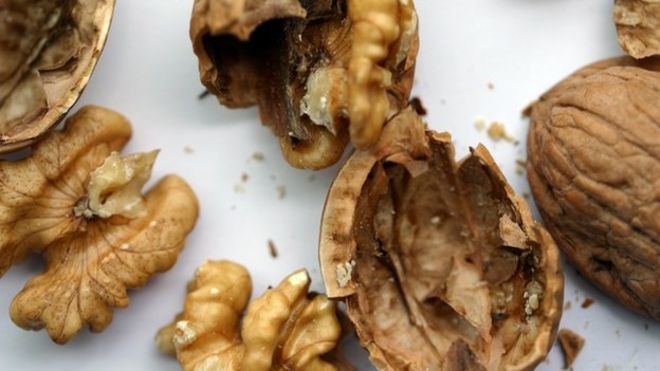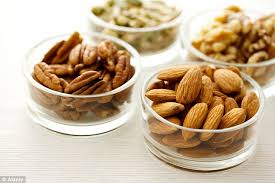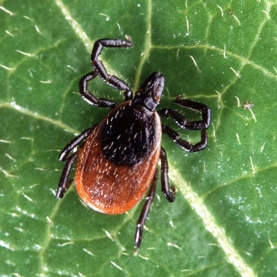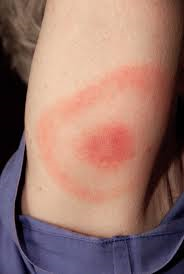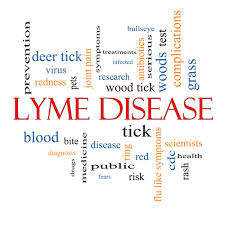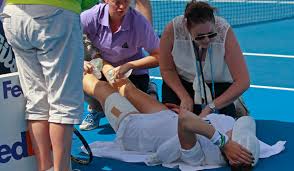 Symptoms of heat stroke may be eased by applying cold packs to the cheeks, hands and feet, a study suggests, potentially offering a new way to help lower body temperatures in overheated athletes.
Symptoms of heat stroke may be eased by applying cold packs to the cheeks, hands and feet, a study suggests, potentially offering a new way to help lower body temperatures in overheated athletes.
“The cheeks, palms, and soles of the feet are special areas,” with blood vessels that don’t contract when cold packs are applied, helping to remove heat from the skin surface and cool body temperatures, said study co-author Dr. Grant Lipman, a researcher in emergency medicine at Stanford University in California.
Heat-related illness is common, and can often be prevented by proper hydration and limited exertion outside during the hottest parts of the day. But left untreated, heat stroke can develop and be fatal. The condition kills thousands of 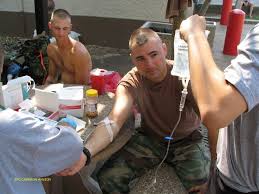 people every year, most during the hottest months, and is a leading cause of death among young athletes, the authors write in Wilderness & Environmental Medicine.
people every year, most during the hottest months, and is a leading cause of death among young athletes, the authors write in Wilderness & Environmental Medicine.
Warning signs for heat exhaustion, a precursor to heat stroke, can include heavy sweating, clammy skin, weakness, nausea or vomiting, and fainting, according to the U.S. Centers for Disease Control and Prevention.
Heat stroke develops when the body temperature exceeds 39.44 degrees Celsius (103 degrees Fahrenheit), requiring rapid cooling with cold packs or an icy bath and then hospitalization.
Lipman and colleagues tested a new method for applying cold packs to overheated athletes to see if their alternative might be more effective than the traditional placement of cold packs on the skin over large blood vessels in the neck, groin and armpits.
They dressed ten healthy men in insulated military clothes designed to trap body heat, then asked the men to walk on a treadmill for 30 to 40 minutes in a room heated to about 40 C (104 F).
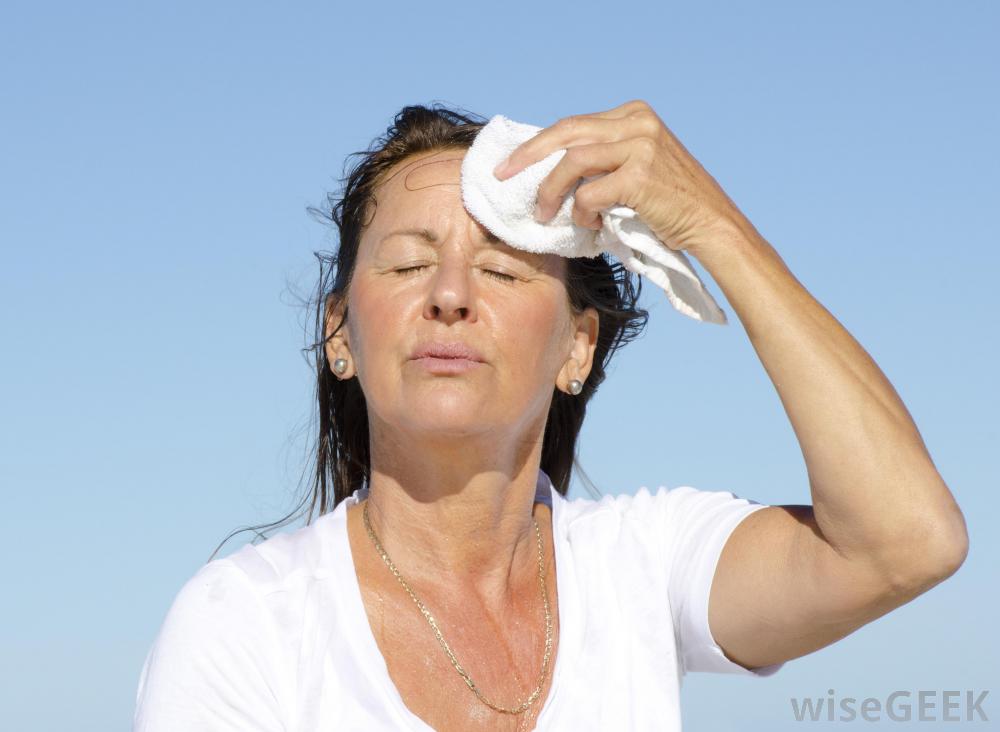 Each man did the treadmill test three times, with at least one day between trials to allow for rest and recovery. First, they finished with no treatment to help lower their body temperature. Then they got cold packs the traditional way, applied at the neck, groin and armpits. Last, they received cold packs using the new method, placed on the cheeks, hands and feet.
Each man did the treadmill test three times, with at least one day between trials to allow for rest and recovery. First, they finished with no treatment to help lower their body temperature. Then they got cold packs the traditional way, applied at the neck, groin and armpits. Last, they received cold packs using the new method, placed on the cheeks, hands and feet.
The average body temperature after the treadmill test was 39.2 C (102.6 F).
Without any treatment, the men cooled by an average of 0.3 degrees Celsius after five minutes and by a total of 0.42 degrees (to 101.8 F) after 10 minutes.
Ice packs on the usual spots cooled the men by an average of 0.4 degrees after five minutes and 0.57 degrees after 10 minutes (to 101.5 F). With ice packs on the hands, feet and cheeks, the decline in body temperature was steeper: 0.6 degrees after five minutes and 0.9 degrees after 10 minutes (to 100.9 F).
Source: Reuters

